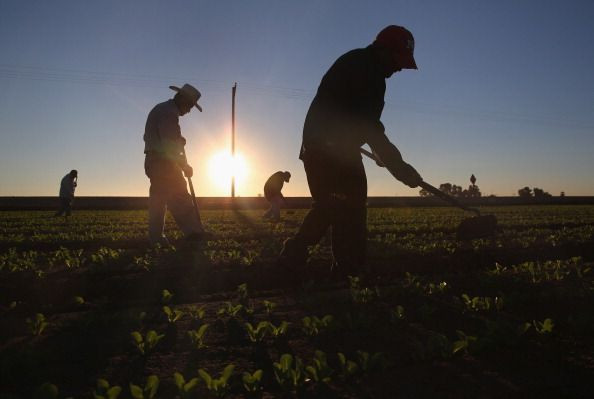Foreign-Born US Workers Are More Likely To Be Employed Than Their Native Counterparts And Their Numbers Rose Again In 2015

The number of foreign-born workers in the U.S. hit the highest level ever last year, according to Labor Department data, showing the ranks of immigrant workers are back on the rise after a drop during the Great Recession.
Last year, nearly 17 percent of the U.S. labor force was composed of foreign-born workers, according to data released Thursday by the U.S. Department of Labor. In 2015, these immigrants had a lower unemployment rate than their native-born counterparts, 4.9 percent versus 5.4 percent.
The Labor Department doesn’t distinguish among foreign-born workers who are naturalized U.S. citizens, permanent or temporary legal residents and undocumented workers whose employers hire them illegally. Republican presidential candidate Donald Trump has used the issue of Mexican migrants (by far the largest group of both legal and illegal newcomers) to tap into white conservative unease over the quality and quantity of American jobs in the era of globalization and rapidly changing U.S. ethnic demographics.
A study last year by the Pew Research Center found that illegal immigration has leveled off since 2005, which strongly suggests the growth in the foreign-born workforce since then is being driven mostly by those who have entered the country legally.
For the 11th consecutive year since the government began tracking the data, foreign-born people in the U.S. are more likely also to be employed or looking for work. The key labor force participation rate — which counts the number of people 16 or over who are either working for have recently looked for work — was 3 percentage points higher for foreign-born people in the country than for the native-born last year, 65.2 percent versus 62.2 percent. That gap peaked in 2010 at nearly 4 percentage points and is much higher than the nearly 2 points measured in 2005.

Since 2012, the total share of workers or active job-seekers in the U.S. has been hovering at lows unseen since the late 1970s, due to various factors, including the high rate of retiring Americans. But that number would be measurably lower without the estimated 26 million foreign-born people in the U.S. labor force.
© Copyright IBTimes 2025. All rights reserved.






















